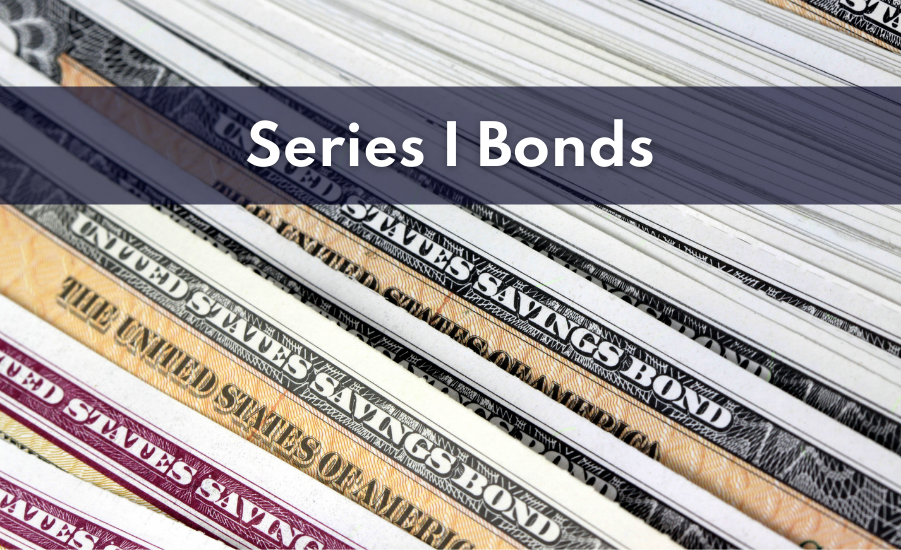Series I Bonds – The One Thing That Improves With Inflation

Written by: Marty Shields, AIF, CFP®
In this time of high inflation, rising interest rates and volatile equity markets, it is difficult to find investments that can provide a rate of return that is greater than inflation and not volatile. Well one does exist, and it has become very popular recently. It is the Series I bond offered by the federal government. The Series I bond is a type of U.S. savings bond designed to protect the value of your cash from inflation with almost no default risk to capital.
This article will discuss:
- The Basics of Series I Bonds
- When I Bonds Mature
- How I Bonds Should be Used
The Basics of Series I Bonds
All I bonds have two income components.
- Base rate: Fixed for the 30-year life of the bond based on purchase date
- Variable rate: Changes every six months based on the current inflation rate, normally changes on May 1 and November 1
The current base rate for I bonds is zero but the variable rate is 9.62% for 2022. The income produced by I bonds is exempt from state and local income taxes which makes them an even better low-risk investment for investors who live in high-tax states and cities. The income is tax free if used to pay for college tuition and fees at an eligible institution.
Investors can buy up to $10,000 worth of I bonds per person annually through the government’s website https://www.treasurydirect.gov/. You can purchase another $5,000 with your tax refund, upping the annual total purchase amount of series I bonds to $15,000 per person. Paper I bonds can only be purchased with your tax refund. There is no secondary market for trading I bonds, meaning you cannot resell them; you must cash them out directly with the U.S. government.
Electronic I bonds can be purchased in any amount with a minimum purchase of $25. Paper I bonds must be purchased in increments of $50, $100, $200, $500 or $1,000. Electronic I bonds can be redeemed via the TreasuryDirect website. Paper bonds can be cashed in at a local bank.
I bonds earn interest monthly, though you don’t get access to the interest payments until you cash out the bond. The interest you earn is added to the value of the bond twice per year. This means the principal amount you earn interest on increases every six months, which provides the power of compounding over time.
When Do Series I Bonds Mature?
Series I bonds have a maturity of 30 years. They carry a 20-year original maturity period immediately followed by a 10-year extended maturity period. There are several ownership requirements with series I bonds:
- I bonds have to be held for one year after purchase. If a bond is cashed in year two through five after purchase, the prior three months of interest are forfeited.
- There is no interest penalty for cashing in the bonds after five years.
How Should Series I Bonds Be Used in a Portfolio?
The chief benefit of I bonds is that they protect the purchasing power of your cash from inflation. When prices rise across the economy, they erode how much the same amount of dollars can buy, but safe investments like I bonds can help you maintain the value of the cash component of your asset allocation.
If you have any questions regarding I bonds and how you can utilize them in your investment portfolio, please feel free to contact one of the advisors at Bouchey Financial Group.
Bouchey Financial Group has local offices in Saratoga Springs and Troy, NY.